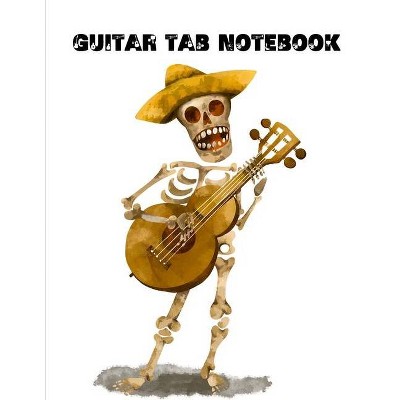Focal Impulse Theory - (Musical Meaning and Interpretation) by John Paul Ito (Paperback)

Similar Products
Products of same category from the store
Product info
<p/><br></br><p><b> About the Book </b></p></br></br>As Focal Impulse Theory deftly illustrates, bodily movements carry musical meaning and, in a very real sense, are meaning.<p/><br></br><p><b> Book Synopsis </b></p></br></br><p>Music is surrounded by movement, from the arching back of the guitarist to the violinist swaying with each bow stroke.<br/> <br/>To John Paul Ito, these actions are not just a visual display; rather, they reveal what it really means for musicians to move with the beat, organizing the flow of notes from beat to beat and shaping the sound produced. By developing "focal impulse theory," Ito shows how a performer's choices of how to move with the meter can transform the music's expressive contours. Change the dance of the performer's body, and you change the dance of the notes.<br/> <br/>As <i>Focal Impulse Theory</i> deftly illustrates, bodily movements carry musical meaning and, in a very real sense, <i>are</i> meaning.</p><p/><br></br><p><b> Review Quotes </b></p></br></br><br><p>For music theorists, performers, and students alike, this remarkable book will open up new ways of feeling and thinking about meter, expression, and embodied performance.</p>--Jonathan De Souza - Western University "MTO - a journal of the Society of Music Theory"<br><br><p>John Paul Ito introduces the central concept of his latest book, <i>Focal Impulse Theory: Musical Expression, Meter, and the Body</i>, with an anecdote familiar to musicians: a fellow musician stops during a rehearsal and suggests the music should feel in two rather than four. How and why does the suggestive, more prominent beat in two versus four make such a difference in musical interpretation? Throughout the rest of the book, Ito untangles the abstract and hazy notions around meter, pulse, and feel. . . . Ito has clearly done extensive data collection and research for his book. If asked whether <i>Focal Impulse Theory </i>is better suited as a performance or teaching guide, I would classify it as a study on feel, what happens between large and small beats, and large and small measures. Succinctly put, it's an in-depth guide to the practical aspects of the role meter plays in musical performances for musicians.</p>--Laurel Yu "Journal of the American Viola Society"<br><p/><br></br><p><b> About the Author </b></p></br></br><p>John Paul Ito is Associate Professor of Music Theory in the School of Music at Carnegie Mellon University.</p>
Price History
Price Archive shows prices from various stores, lets you see history and find the cheapest. There is no actual sale on the website. For all support, inquiry and suggestion messages communication@pricearchive.us




















